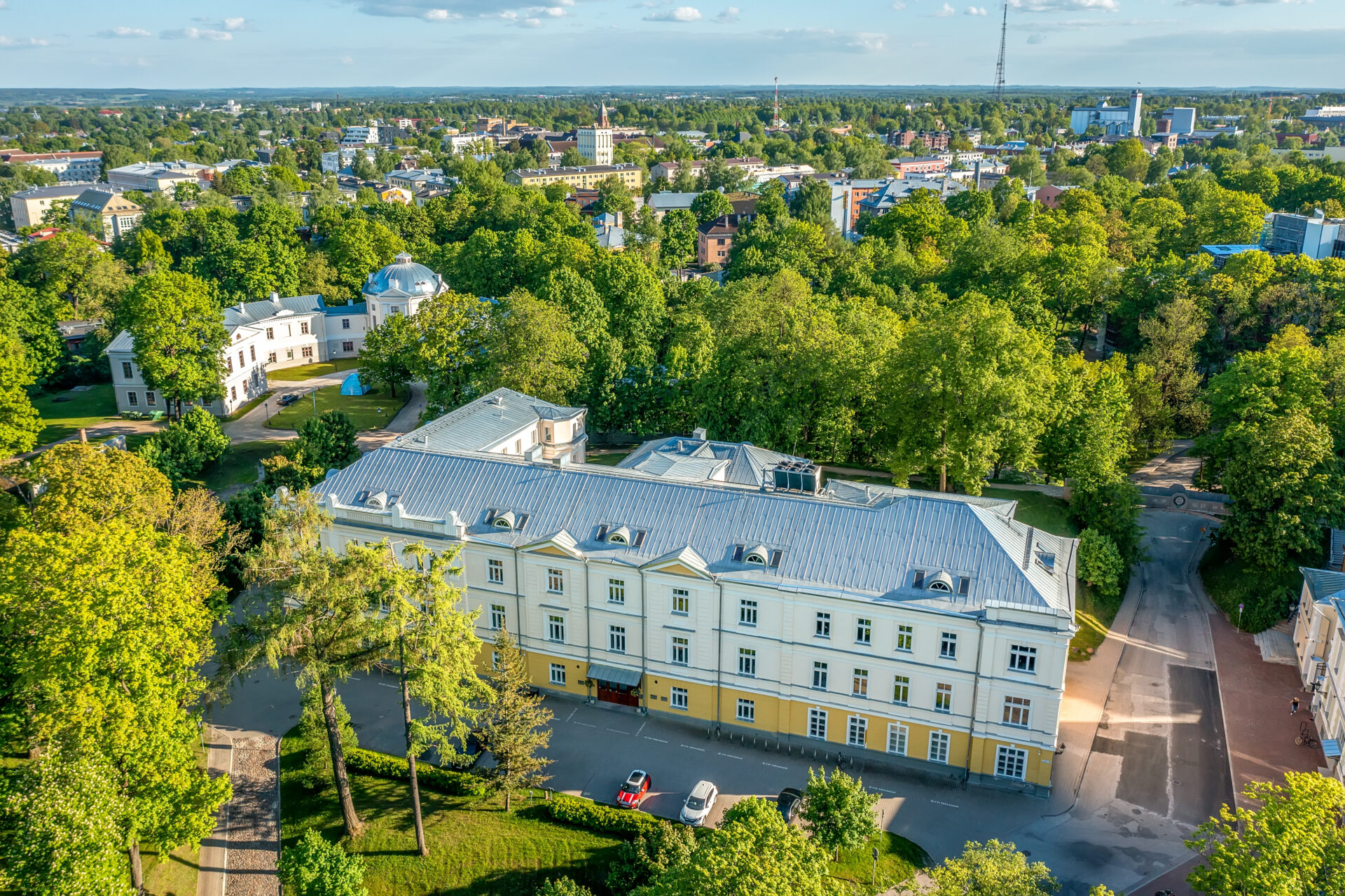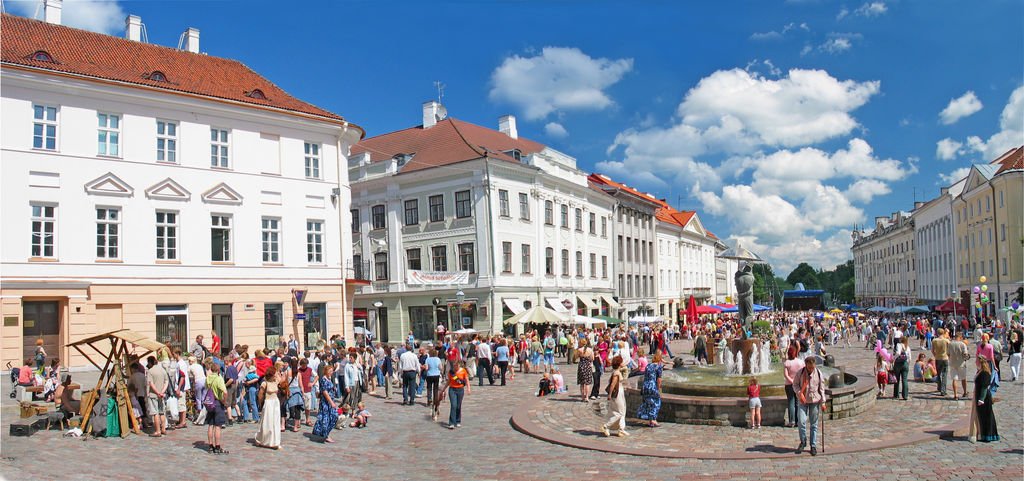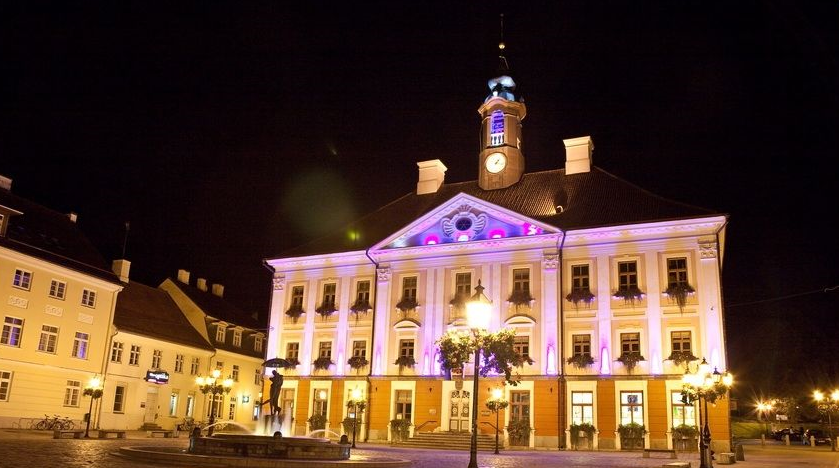
Tartu Conference on East European and Eurasian Studies
Venue
The conference will be held on the historic campus of the University of Tartu, located in the heart of Estonia’s second-largest city, Tartu. The University of Tartu is one of the oldest universities in Eastern Europe, founded by the Swedish king Gustavus Adolphus in 1632.
The conference venue is a short walk away from most hotels and the bus station. The main conference venue for panel sessions is the Faculty of Social Sciences (Lossi 36). All conference rooms are equipped with a projector and PC and speakers. No other audio-visual equipment will be provided. For Mac laptops: Be sure to bring the necessary cables to connect your Mac laptop to the projector. Free Wi-Fi (network name: ut-public) is available in all conference rooms.



The city of Tartu is a charming university town whose relaxed and sophisticated atmosphere creates a perfect environment for scholarly conversations. Tartu’s neoclassical centre is small enough to cover on foot.
Further tourist information:
The homepage of the city of Tartu
The homepage of the University of Tartu


